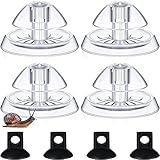Snails are known to be a menace that can destroy a garden or home. They can cause damage to gardens and even damage your meticulously-cared lawn. But before we jump into the deep end of an angry mob against them, let’s learn more about them.
Snails have a digestive system that is similar to a mammal’s digestive system. They eat, digest, and absorb water through the same process as mammals do, so they also poop. The feces are stored in the snail’s rectum until they are ready to be expelled. Snails can release up to 5% of their body weight in feces every day.
The process of excreting waste is a complex one, which involves multiple organs and processes, but it all starts with the gut. This is where gastric activity happens, where the snail will begin moving its stomach around as if it were chewing on food.
After it happens, gastric juices travel down into the digestive tract, where they break down food by enzymatic reactions. This is where their excretion occurs after that point when waste products are moved out of the body via an anus orifice.
What Does Snail Poop Look Like?
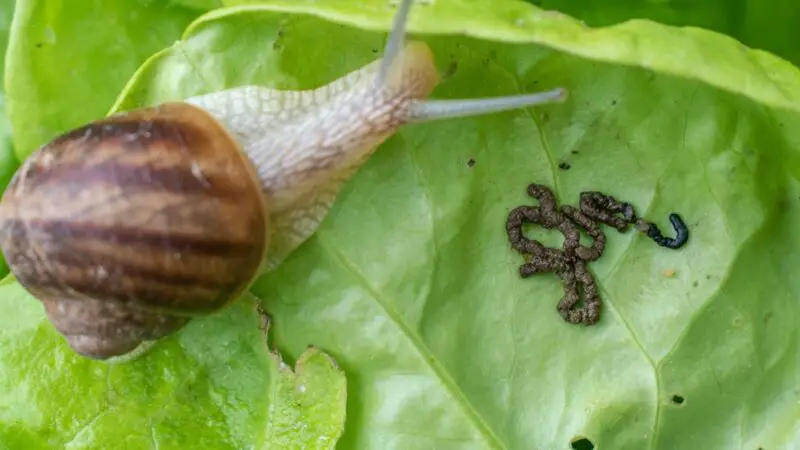
Snail poop is a combination of mucus and hard, brown pellets. It can vary in color and size, depending on the species of snail. Snails have a digestive system that allows them to absorb nutrients from their food and pass waste out of their bodies.
The waste is collected in a sac called the cecum, which is located at the end of the intestine. When a snail poops, it passes waste through its anus into this sac.
The color of snail poop depends on how long it has been since the snail last ate. If you look at your snail’s stool under a microscope, you’ll see that it contains cells and other materials from its food—including bacteria from your lettuce.
In terms of its size, a snail’s poop can vary greatly depending on the size of the animal. For example, some snails produce piles of smaller pieces, while others produce large clumps.
How Do Snails Poop?
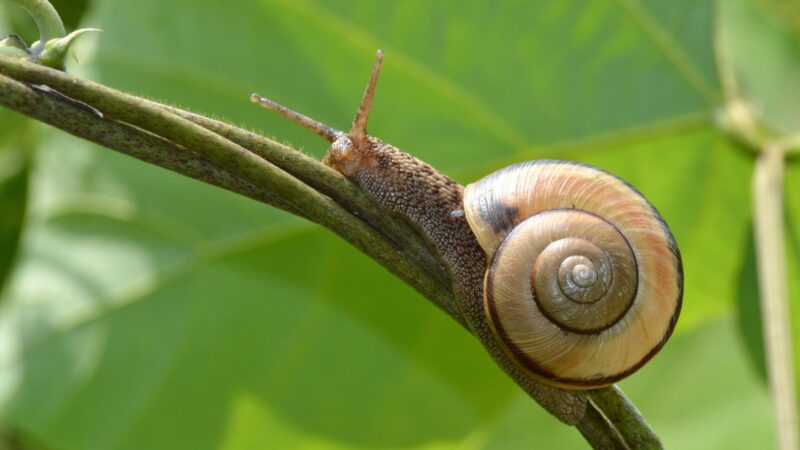
Snails poop by expelling their waste through a small opening in the bottom of their body. The waste is ejected from them using a mussel-like muscle located on the underside of their bodies.
Snails can only expel waste in one direction, and they must expel the waste within a specific period, or they may die from exhaustion.
This means they have to leave the safety of their shells and move around on their own to find a safe place to release their waste.
Where Does Snail Poop Come Out?
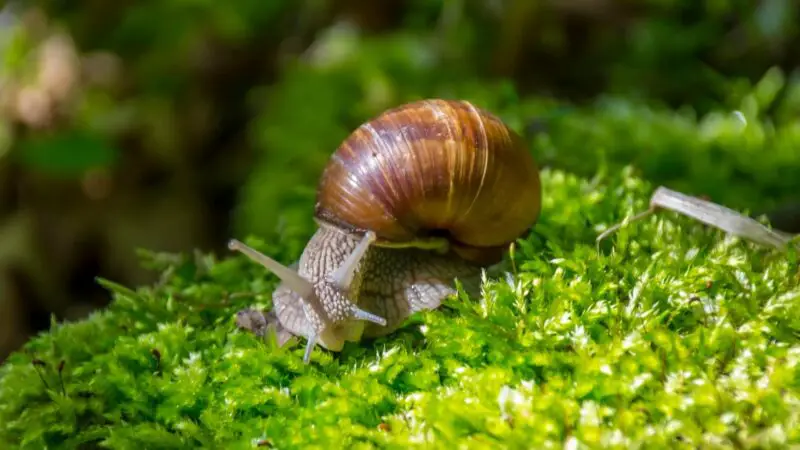
Snail poop comes out of the snails’ anus. Snails have a special digestive gland that makes them poop. This is located near the anus, and it’s shaped like a little cup. This gland is filled with a liquid that looks like mucus, but it isn’t mucous at all—it’s just a yellow-brown color.
When snails feel hungry or need to molt, they usually do so by going into a state called “metabolic dormancy.” In this state, the gland produces lots of this mucus-like substance and stores it in its baglike body sack. When they’re ready to eat again, they release this substance into their environment through their anus.
Where Do Snails Commonly Poop?
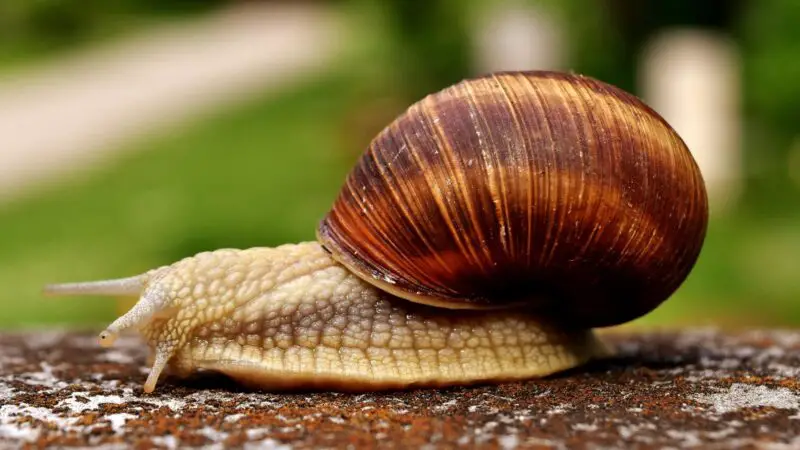
Snails are generally found in moist environments like gardens and rainforests. You will typically see that they poop in these places very often making their secretion always wet and slimy.
Snails are versatile creatures, and they can be found in many different habitats. Some snails live on the ground, while others live underwater. Snails can also be found on plants, rocks, and trees. In this case, these are as well the places where they commonly poop.
Interestingly, snails have a hard time pooping in the same place every time. They are very territorial and tend to guard their territory against other snails. This means that snails could poop in one spot for a week, then move to another spot for a week, then move again to another place or wherever they find convenient.
What Do Snails Eat?
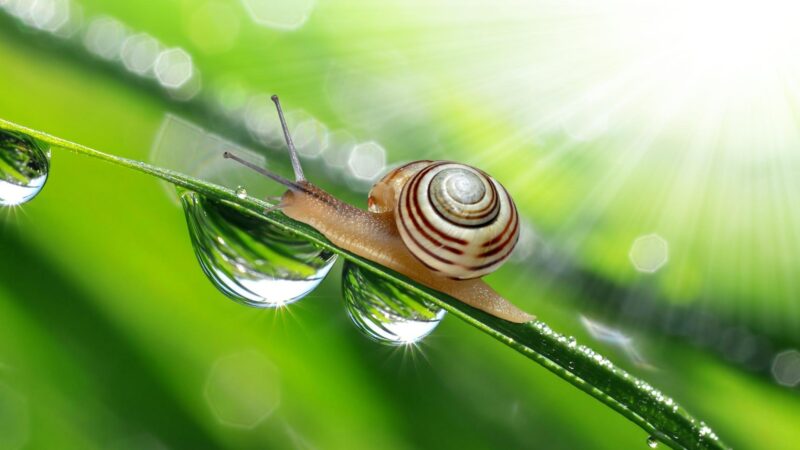
Snails are generally considered to be herbivores, meaning they eat plants. However, snails do have ways of consuming things other than plants. Snails can be quite prolific in their ability to consume almost anything that is found in the environment. When a snail eats something, it will regurgitate and eat it again. This helps maintain a balanced diet.
One of the most common things snails eat is grass. Snails have an affinity for eating grass because they have many tiny teeth on the edges of their shells that help them scrape off the plant matter from the grass blades.
Grass also provides nutrients for snails, which are needed for survival when there is no food source available in your yard or garden.
Another thing that snails eat is soil or dirt. This is called gastric secretion because there are enzymes in this secretion that break down organic material such as cellulose into simpler molecules such as glucose (which your body can use as energy).
Snails also digest microorganisms found in the soil, such as bacteria and fungi. They eat them through their mouthparts called radulars. Their radula is made up of thousands of microscopic tooth-like structures.
Is Snail Poop Good for Plants?
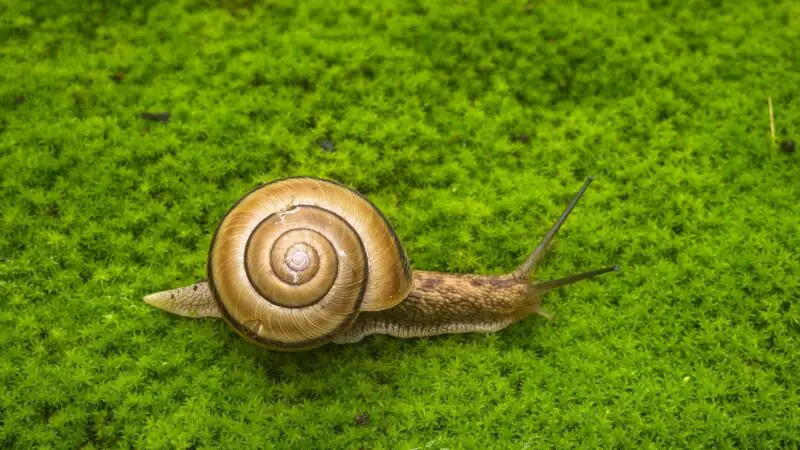
Snail poop is a great fertilizer for plants. It is a great source for composting because its droppings are nutrient-rich and contain bacteria that can help break down your yard’s waste material into fertilizer.
Snail poop also contains nitrogen, which is a plant’s most essential nutrient. It can be used to increase the amount of nitrogen in your soil and the soil around your plants. That way, you’ll be able to grow more plants and have healthier ones.
How to Keep Snails Away From Your Garden?
While their poop is naturally important for plants. However, having too many snails in your garden isn’t a good sign and could mean an overarching infestation. Snails are one of the most common pests for homeowners.
They are mostly found in gardens and other areas where there is a lot of moisture, such as under a deck or near a water feature.
- If you want to keep snails away from your garden, there are a few things you can do.
- The first thing you need to do is eliminate any food sources that snails might be attracted to. Snails will feed on many different things, including dead plants and bugs.
- You can also apply some pesticides you can buy on Amazon. If you have them available, make sure all the plants in your garden are watered regularly, so they don’t dry out completely.
- ORGANIC SLUG AND SNAIL CONTROL - Sluggo is one of the best snail...
- FOR ORGANIC GARDENING – OMRI Listed for Organic Gardening....
- PETS AND WILDLIFE - Sluggo can be used around pets and wildlife....
- GRANULAR FORMULA – Scatter the slug and snail bait granules on...
- EFFECTIVE AFTER RAIN - After application, rain or sprinkling will...
- Another way is to use traps that catch snails before they can reach your plants or soil. This will prevent them from coming back after being removed from the area where they were first spotted by you or someone else who reported it as an issue with their garden or yard.
- What you will get: you will get 4 pieces of traps, the bottom...
- Easy to clean: the aquarium trap is made of quality clear...
- Meaningful design: the aquarium trap has an air hole design,...
- How to use: the aquarium catcher is just open the top lid, tie...
- Protect your fish and : tank is applied to catch in a fish tank;...
- You can also use a snail bait station, which is a device that uses bait to attract snails and keep them away from the area where the device is located. These devices are usually placed under stones or boards for them to stay put without falling over during strong winds or rain storms.
Should I Clean Snails’ Poop?
Cleaning snails’ poop depends on the situation. If you want to keep your snails in a more natural state, cleaning their poop is a good idea. If you want to breed them for sale and sell them to aquarium stores or pet stores, then cleaning their poop isn’t necessary.
On the other hand, if you’re interested in breeding snails, then cleaning the poop can be very helpful in getting rid of any bacteria or other issues that might be present in the tank.
Cleaning can also help prevent disease by getting rid of any pathogens that could be present in their area. If you’re not breeding snails or want to keep your tank healthy without dealing with excessive cleaning, then simply leaving their poop alone will be fine.
Frequently Asked Questions
Do Snails Pee and Poop?
Snails pee and poop. They have a system of collecting and storing liquid waste, which they then release into the environment through their rear end. This process is similar to humans. They filter out the liquid waste, which they then store in a bladder-like organ known as a Malpighian tubule before excreting it through their anus.
Do Snails Eat Their Own Poop?
There have been many claims that snails digest their feces, but this is not true. Snail poop contains bacteria and other contaminants that can be harmful to a snail’s health.
However, they can absorb the nutrients in the feces of other snails. This is a process called coprophagy. It occurs when a snail feeds on another snail’s feces. Coprophagy is most common in herbivorous snails and sometimes occurs in carnivorous snails.
Do Snails Urinate?
Snails urinate, and the process is similar to what you’d expect from a human. When a snail is threatened or stressed, it releases a clear liquid from its body through its siphon. The liquid then travels through the snail’s nervous system to its brain, where it stimulates its nervous system and causes it to move in the opposite direction. This movement is what causes the animal to urinate.
Is Snail Poop Toxic?
Snail poop is not generally toxic. Snails are herbivores. So their poop is full of vitamins and minerals, but it’s also high in nitrogen-rich compounds that can be poisonous to humans if exposed for a longer period.
If you’re allergic to these compounds, however, you might want to avoid eating snails as a source of protein. It can also irritate the skin and eyes. That’s why it’s best to wear gloves when handling snail poop whenever necessary.
Snails poop and have a digestive process in excreting their feces, similar to many herbivores. With this ability, they can help produce a balanced ecosystem necessary for keeping the soil healthy, and they can also help control pests.
Whether you have a snail as a pet or are an environmentalist working with snails to improve the land, you can understand why these little guys play such a big role.
List of Sources
Olfactory Selection of Plantago Lanceolata by Snails Declines With Seedling Age


